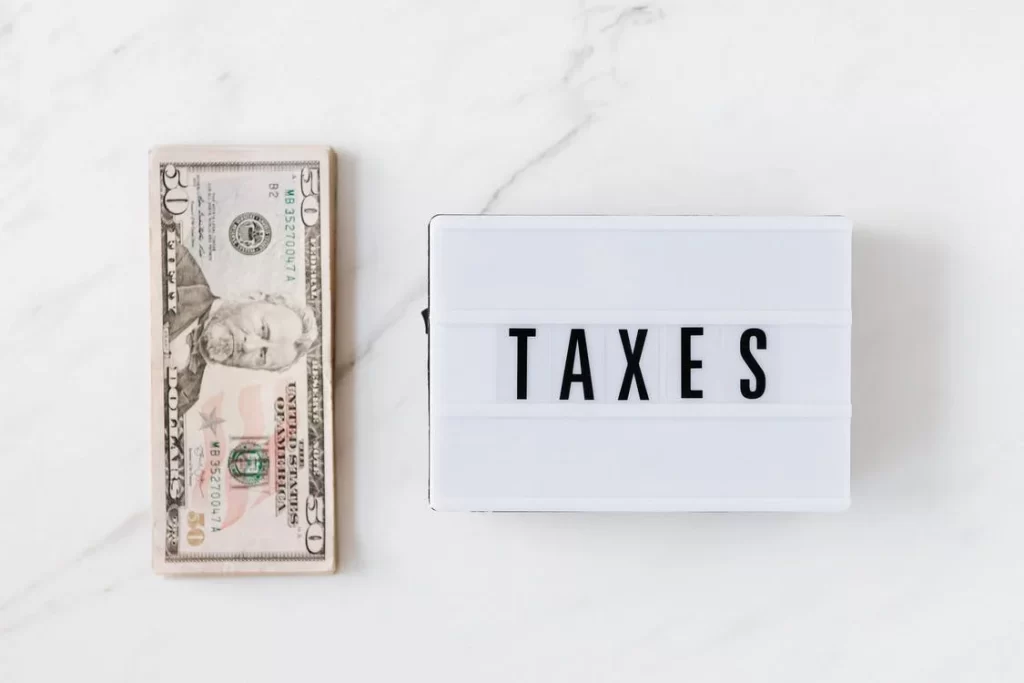
Picking up your side gig in freelance might be hard, but there are ways you can manage your finances and your taxes in freelance.
Freelancers are practically self employed, so you need to report income taxes. Typically, you might receive a 1099-NEC form
First and foremost, as a freelancer, you are considered self-employed. This means that you will need to report your income taxes. Typically, you might receive a 1099-NEC form from the company or individual that you completed work for during the year. This form will show how much money you made from your freelance gigs.
How to File your Freelance Taxes
1. Get organized
The first step to preparing your taxes is to get organized. Collect all of your relevant financial documents, including your income statements, receipts, and records of any expenses you’ve incurred throughout the year. This will make it easier to accurately calculate your taxes owed.
Create a check stub – Generating your own pay stubs is a great way to stay organized.
2. Know what deductions you’re eligible for
As a freelance writer, you may be eligible for a number of different deductions. These can include things like business expenses, home office expenses, and costs associated with self-employment. Be sure to research the deductions you’re eligible for so you can minimize your tax liability.
3. Stay up to date on tax law changes
Tax laws are always changing, so it’s important to stay up to date on the latest changes that could impact your tax situation. This will help ensure you’re taking advantage of all the deductions and credits you’re entitled to.
4. Use tax software
Tax software can be a helpful tool in preparing your taxes as a freelance writer. It can help you ensure you’re taking all the deductions and credits you’re eligible for, and it can also help you file your taxes electronically, which can save you time and hassle.
1099-NEC and Freelance Income
Your clients may send you a Form 1099-NEC showing how much they paid you during the year. You’ll need these forms to tally and report your income from your side gig.
If you receive a 1099, don’t shove it in a drawer — whoever sent it to you also sent a copy to the IRS, so it wouldn’t be a good idea to leave that information off your tax return. Also, if you did work for a client that hasn’t sent you a 1099, you probably still need to report the money you earned there. Income, even if it’s paid in cash, generally has to be reported unless the law specifically exempts it.
1040-ES and W4
Every quarter or so, you may need to estimate your tax liability and pay the IRS. Waiting until the tax-filing deadline to do it all at once could mean paying penalties and interest.
If you have a partner with a regular job and you’re filing jointly, you might be able to avoid the quarterly hassle. “What we’ll typically recommend is that you get an estimate of what your total tax liability is going to be from all income sources and then just jack up your withholding from work. That way it’s automating it for you and you don’t have to go through this really conscious effort every quarter,” Fraim says.
